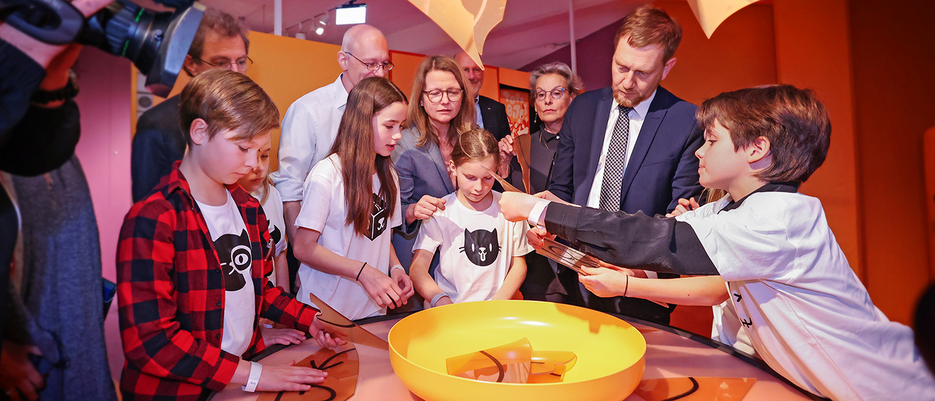Every year, a global communications entity called Edelman do a worldwide research project on who the public trust.
The Edelman Trust Survey is carried out in 28 countries and has surveyed 33,000 people for 21 years.
It is a barometer in the age of fake news and how the truth and facts fall victim to mass media misinformation.
The latest Edelman, from earlier this year, found 59 percent of respondents thought media and journalists were purposefully trying to mislead people by saying things they know are false or gross exaggerations. Another 59 percent think media organisations are more concerned with supporting an ideology or political positions than informing the public, and 61 percent do not agree that the media is objective and non-partisan.
So, do the public believe ‘spokespeople’? Afraid not. Trust in academic experts has fallen 8 percent in the past 12 months, trust in company technical experts has fallen 10, trust in CEOs has fallen 4 percent, and even trust in NGOs in down.
Public trust is even down with search engines. Good old Google has dropped 6%, traditional media has dropped 8 percent, social media is down five, and ‘owned media’, which are publications like your company newsletter and this blog are down 5 percent.
In George Orwell’s dystopian 1949 novel Nineteen Eighty Four, the phrase ‘two plus two make five’ was coined. The Thought Police believed they could make people believe anything, and they did.
This is the world that we are in; where science is no longer the answer to every question and where facts are subjective.
Orwell later was quoted as saying; “Freedom is the freedom to say two plus two make four. If that is granted, all else follows.” We are not quite back in that reality yet.
Whilst not wanting to give any oxygen to a so-called documentary that recently aired on Netflix, a fact-checker that Seafood New Zealand posted on Facebook – a point by point rebuttal of the claims in Seaspiracy – reached more than 150,000 people and 4,000 of them made comments, mostly negative, and almost all doubting the industry’s motives and facts.
Seafood New Zealand responded to thousands of the more reasonable comments with scientific citations backing up its rebuttals.
Did we persuade some of them? Perhaps a few, which is not to say we should not have bothered.
The battle is ongoing. The very nature of today’s media is that news must mostly be negative, with ‘good news’ somewhat of an oxymoron.
The journalistic practice of ‘balancing’ a story with opposing views is also being lost as newsrooms struggle with diminishing resources, overworked staff, and a 24-hour news cycle.
Sometimes we get a win. Yesterday, NIWA’s Chief Scientist for Fisheries, Dr Richard O’Driscoll, was interviewed by the very respected Newsroom media outlet. He calmly and clearly laid out the flaws in Seaspiracy and reiterated the science that goes into making New Zealand’s fisheries one of the most sustainable in the world. A third-party voice holds more credibility than an industry one and we thank him for his willingness to engage.
So, who do the public trust? And how do you get your messages out?
Public trust is fleeting and fickle. Mostly, people trust their feelings. The industry, along with the wider primary sector, has not historically told its story well. The story of its people and their care of the resource. Fishers, like farmers and growers, have been great believers in the Maori proverb; A kumara does not speak of its own sweetness.
On a regional level, these stories are easier to tell. The 21-year-old fisherman who has worked hard and bought his first home is an easy sell to a provincial paper but more difficult on a national level, where trawlers straying close to holiday baches is an easier hit.
It is easy to distrust a corporation or an industry, but more difficult to distrust an individual who is passionate about their job.
Seafood New Zealand survey the public twice a year on how they perceive the seafood industry. The last survey, at the end of 2020, showed those whose perceptions of the industry had improved almost doubled over the course of 2021, no doubt testament to the hard work of our people during the COVID-19 lockdowns.
Those who trusted the industry to comply with regulations was another highlight; it is at its highest in the 19 years we have been conducting this research (58 percent).
So, while the negativity around the seafood industry may sometimes seem unrelenting, work is being done and incremental change is being made.
We are eating the elephant one bite at a time.








